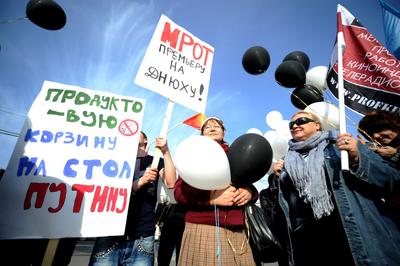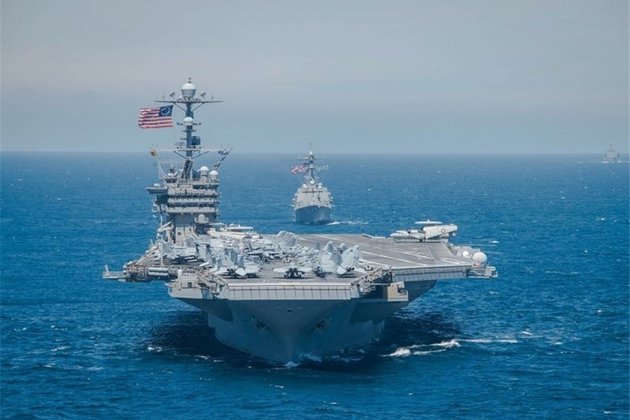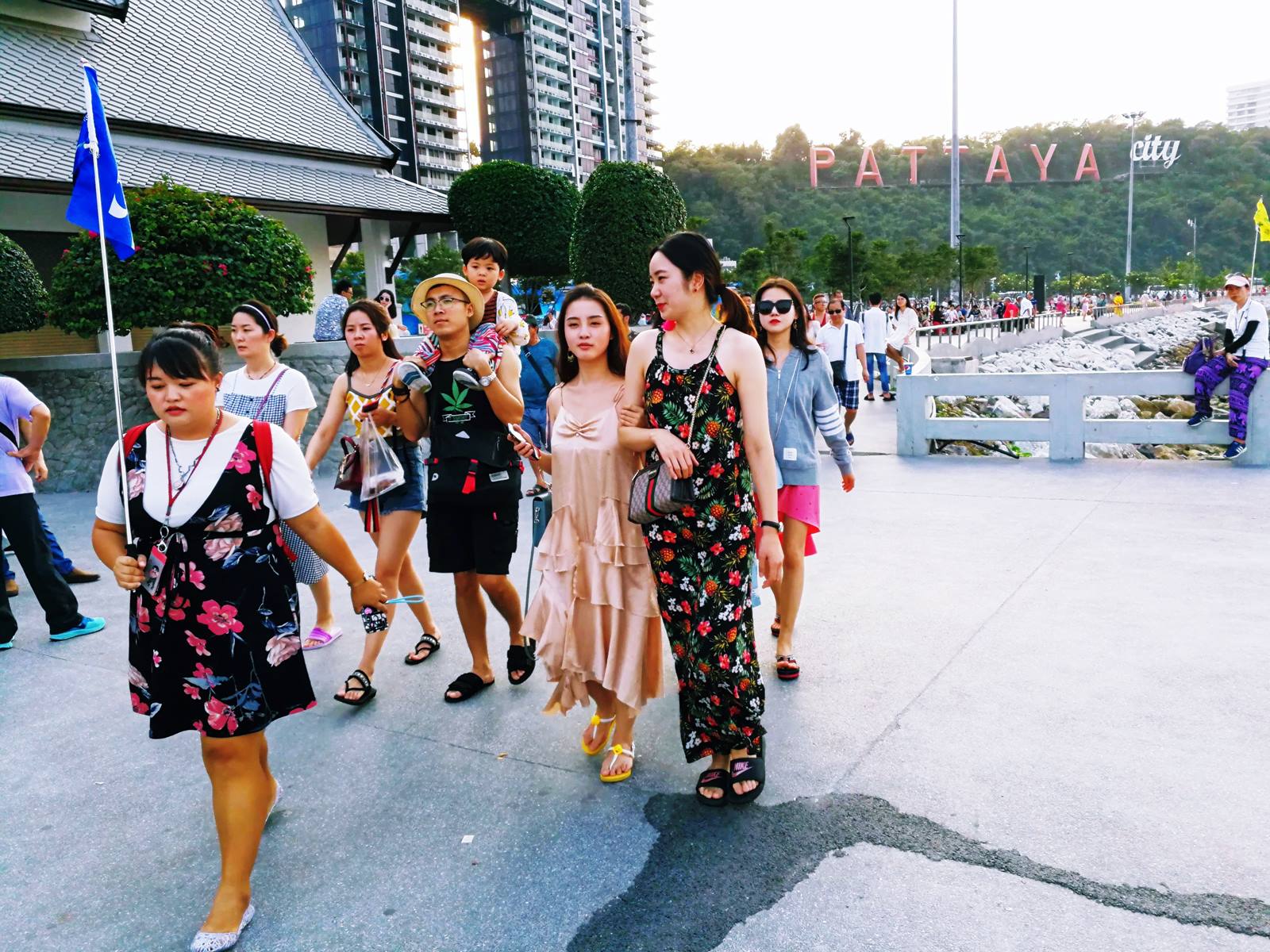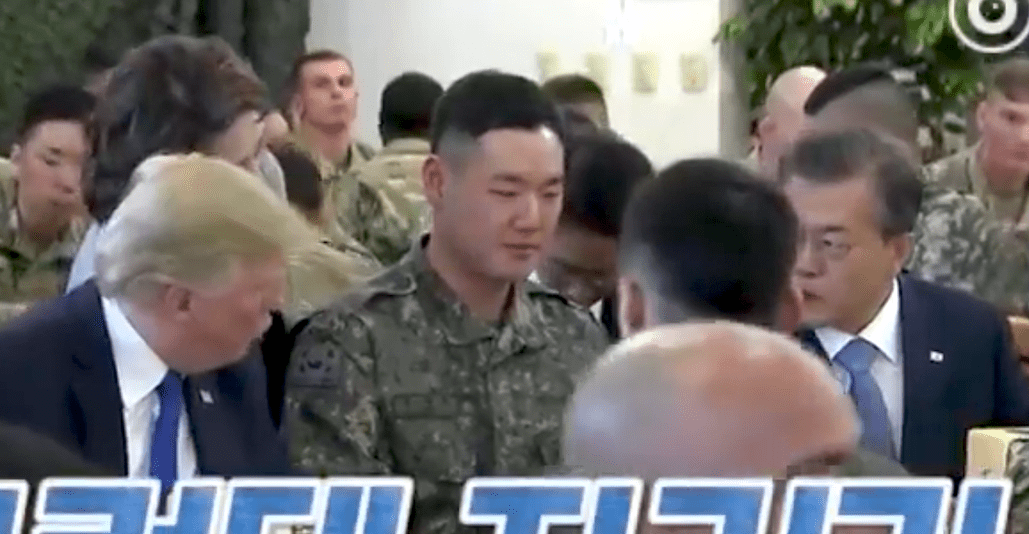Politics
Russia in the Asia Pacific: a bleak outlook
Author: Kirill Muradov, HSE Although Russia has intensified its efforts to join the WTO by the end of 2011, membership remains elusive. This may have direct implications for Russia’s timid free trade undertakings in the Asia Pacific and elsewhere. The ongoing free trade agreement (FTA) negotiations with New Zealand have been mostly in parallel with the WTO accession talks, while an FTA with Vietnam is in an initial exploratory phase. Russia has never explicitly articulated its trade policy, but most see it as being ad hoc rather than systemic and strategic. Neither has Russia traditionally sought to establish FTAs, except for previous arrangements with Commonwealth of Independent States members. It was only in 2010 that the Russian leadership began to show interest in FTAs, supposedly driven by increased global negotiating activity and insistent proposals from trade partners. And President Medvedev’s more recent remarks on the subject have sent clear signals that Russia is looking to explore new FTAs in the Asia Pacific. Before the start of 2011, Russia’s Ministry of Economic Development, which is largely responsible for setting trade policy, received more than 25 proposals to start FTA studies or negotiations. A shortlist of candidates included New Zealand, Vietnam, Syria, Egypt and the European Free Trade Area (EFTA) — made up of Liechtenstein, Iceland, Norway and Switzerland. Initial research reviewing the scope of FTA options commissioned by the Ministry in 2011 also covered Iran, the Persian Gulf countries, ASEAN and the EU. The selection of partners now must be in agreement with the other Customs Union members. Since 2010, the Customs Union — constituted by Russia, Belarus and Kazakhstan — has required the three countries to negotiate trade agreements with external partners as a single entity. Russia commenced fully-fledged negotiations with EFTA and New Zealand in early 2011, although its government widely regards these as pilot projects. Relatively low trade values and an expectation of painless FTA impacts were among the most influential reasons for selecting these two candidates. In contrast, Vietnam — with a sizable goods and services export potential — is an uncomfortable FTA partner for Russia and its Customs Union partners. But Russia yielded to the pressure of its old ally , a fresh disciple of bilateralism. This said, a joint expert group was established in 2010 to review the feasibility of an FTA with Vietnam. New Zealand’s motivation for seeking an FTA with Russia and the Customs Union reflects its role as a prime mover of FTAs with large emerging markets , primarily in the Asia Pacific. New Zealand was the first country to sign a bilateral WTO protocol with Russia, and will apparently be among the first to forge a high quality FTA with it. The countries’ respective ministers endorsed a roadmap for this particular agreement in November 2010, and suggested that ‘the negotiations be concluded no later than by the end of 2011 and lead to the establishment of broad-based free trade areas with [a] high level of liberalisation between the participants’. The next negotiating round is expected to be held in late October or early November 2011, but the dynamic so far suggests the FTA will not be established within the specified timeframe. New Zealand’s Prime Minister John Key was reported as saying after the last round that ‘there’s a lot of goodwill on both sides, but there’ll inevitably be stumbling blocks along the way’. One complexity of the negotiations owes to the emerging Customs Union regime that governs members’ external trade in goods — though trade in services, investment, movement of natural persons and other related areas remain the individual responsibilities of members. But the real complexity arises in the wider context of Russia’s trade policy initiatives. Russia has been trying to achieve a synchronised three-layered economic integration: at the global level (through WTO accession), the regional level (through the Customs Union, which is to evolve into a Common Economic Space) and the bilateral level (with New Zealand and others). The feasibility of this ‘all-in-one’ approach, as opposed to sequencing trade agreements, is questionable. In all circumstances, the WTO commitments should be the lowest common denominator for any quality arrangements and should be prioritised. There are no notable success stories of non-WTO members entering into modern bilateral FTAs with WTO members. For New Zealand, an agreement with Russia as a non-WTO member is definitely not the outcome it had been expecting. As in the case of the New Zealand-China FTA, the bilateral negotiations should be an extension of, not a precursor to, cooperation between the two countries within the WTO. The fading likelihood of Russia’s WTO accession deal in 2011 signifies a setback in Russia’s pilot FTA projects. If this is the case, Moscow will more than likely revert to virtual integration into the growing Asia Pacific economy. And the fragility of Russia’s formal integration efforts is expected to become a sensitive issue for its upcoming performance as the APEC chair in 2012. Kirill Muradov is Research and Education Programs Coordinator at the International Institute for Education in Statistics, Higher School of Economics , National Research University in Moscow. Russia in Asia and the Pacific Institutional architecture in Asia: Challenges for the US and Russia U.S. trade policy in Asia: Going for the Trans-Pacific Partnership?

Author: Kirill Muradov, HSE
Although Russia has intensified its efforts to join the WTO by the end of 2011, membership remains elusive.

This may have direct implications for Russia’s timid free trade undertakings in the Asia Pacific and elsewhere.The ongoing free trade agreement (FTA) negotiations with New Zealand have been mostly in parallel with the WTO accession talks, while an FTA with Vietnam is in an initial exploratory phase.
Russia has never explicitly articulated its trade policy, but most see it as being ad hoc rather than systemic and strategic. Neither has Russia traditionally sought to establish FTAs, except for previous arrangements with Commonwealth of Independent States members. It was only in 2010 that the Russian leadership began to show interest in FTAs, supposedly driven by increased global negotiating activity and insistent proposals from trade partners. And President Medvedev’s more recent remarks on the subject have sent clear signals that Russia is looking to explore new FTAs in the Asia Pacific.
Before the start of 2011, Russia’s Ministry of Economic Development, which is largely responsible for setting trade policy, received more than 25 proposals to start FTA studies or negotiations. A shortlist of candidates included New Zealand, Vietnam, Syria, Egypt and the European Free Trade Area (EFTA) — made up of Liechtenstein, Iceland, Norway and Switzerland. Initial research reviewing the scope of FTA options commissioned by the Ministry in 2011 also covered Iran, the Persian Gulf countries, ASEAN and the EU. The selection of partners now must be in agreement with the other Customs Union members. Since 2010, the Customs Union — constituted by Russia, Belarus and Kazakhstan — has required the three countries to negotiate trade agreements with external partners as a single entity.
Russia commenced fully-fledged negotiations with EFTA and New Zealand in early 2011, although its government widely regards these as pilot projects. Relatively low trade values and an expectation of painless FTA impacts were among the most influential reasons for selecting these two candidates. In contrast, Vietnam — with a sizable goods and services export potential — is an uncomfortable FTA partner for Russia and its Customs Union partners. But Russia yielded to the pressure of its old ally, a fresh disciple of bilateralism. This said, a joint expert group was established in 2010 to review the feasibility of an FTA with Vietnam.
New Zealand’s motivation for seeking an FTA with Russia and the Customs Union reflects its role as a prime mover of FTAs with large emerging markets, primarily in the Asia Pacific. New Zealand was the first country to sign a bilateral WTO protocol with Russia, and will apparently be among the first to forge a high quality FTA with it. The countries’ respective ministers endorsed a roadmap for this particular agreement in November 2010, and suggested that ‘the negotiations be concluded no later than by the end of 2011 and lead to the establishment of broad-based free trade areas with [a] high level of liberalisation between the participants’.
The next negotiating round is expected to be held in late October or early November 2011, but the dynamic so far suggests the FTA will not be established within the specified timeframe. New Zealand’s Prime Minister John Key was reported as saying after the last round that ‘there’s a lot of goodwill on both sides, but there’ll inevitably be stumbling blocks along the way’. One complexity of the negotiations owes to the emerging Customs Union regime that governs members’ external trade in goods — though trade in services, investment, movement of natural persons and other related areas remain the individual responsibilities of members.
But the real complexity arises in the wider context of Russia’s trade policy initiatives. Russia has been trying to achieve a synchronised three-layered economic integration: at the global level (through WTO accession), the regional level (through the Customs Union, which is to evolve into a Common Economic Space) and the bilateral level (with New Zealand and others). The feasibility of this ‘all-in-one’ approach, as opposed to sequencing trade agreements, is questionable. In all circumstances, the WTO commitments should be the lowest common denominator for any quality arrangements and should be prioritised. There are no notable success stories of non-WTO members entering into modern bilateral FTAs with WTO members.
For New Zealand, an agreement with Russia as a non-WTO member is definitely not the outcome it had been expecting. As in the case of the New Zealand-China FTA, the bilateral negotiations should be an extension of, not a precursor to, cooperation between the two countries within the WTO. The fading likelihood of Russia’s WTO accession deal in 2011 signifies a setback in Russia’s pilot FTA projects. If this is the case, Moscow will more than likely revert to virtual integration into the growing Asia Pacific economy. And the fragility of Russia’s formal integration efforts is expected to become a sensitive issue for its upcoming performance as the APEC chair in 2012.
Kirill Muradov is Research and Education Programs Coordinator at the International Institute for Education in Statistics, Higher School of Economics, National Research University in Moscow.
- Russia in Asia and the Pacific
- Institutional architecture in Asia: Challenges for the US and Russia
- U.S. trade policy in Asia: Going for the Trans-Pacific Partnership?
Continue reading here:
Russia in the Asia Pacific: a bleak outlook
Politics
US Navy Carrier Conducts Exercises in South China Sea

TEHRAN (Tasnim) – A US Navy aircraft carrier conducted exercises in the contested South China Sea on Friday, the US navy said in a statement. –
A strike group led by the USS Ronald Reagan conducted flight operations and high-end maritime stability operations and exercises, the statement said, Reuters reported.”Integration with our joint partners is essential to ensuring joint force responsiveness and lethality, and maintaining a free and open Indo-Pacific,” US Navy Commander Joshua Fagan, Task Force 70 air operations officer aboard USS Ronald Reagan, was quoted as saying.The drill comes amid heightened tensions between the United States and China.
Washington has criticized Beijing over its novel coronavirus response and accuses it of taking advantage of the pandemic to push territorial claims in the South China Sea and elsewhere.The United States has long opposed China’s expansive territorial claims in the South China Sea and has sent warships regularly through the strategic waterway.China has objected to such exercises and said the US rejection of its claims in the South China Sea has raised tension and undermined stability in the region.China claims nine tenths of the resource-rich South China Sea, through which some $3 trillion of trade passes a year. Brunei, Malaysia, the Philippines, Taiwan and Vietnam have competing claims.
Politics
How China is using tourism for geopolitical goals
The Chinese government has a degree of leverage over its tourists that other governments do not enjoy. Many Chinese tourists are new to international tourism and have limited international language abilities

Decades of astonishing economic growth have given China new tools for extending its influence abroad and achieving its political goals.
(more…)












